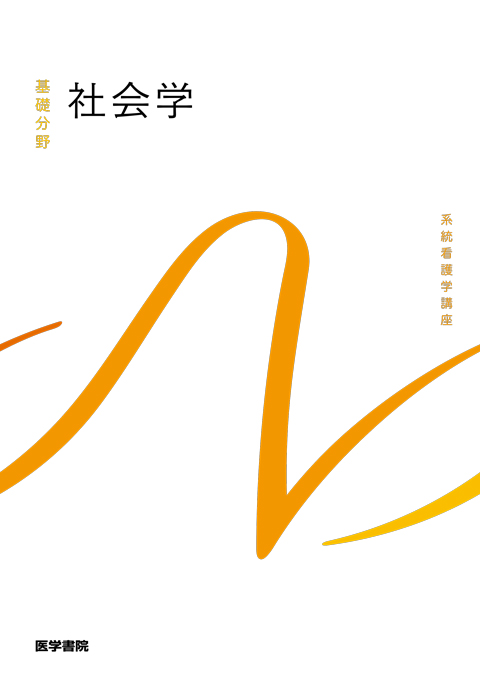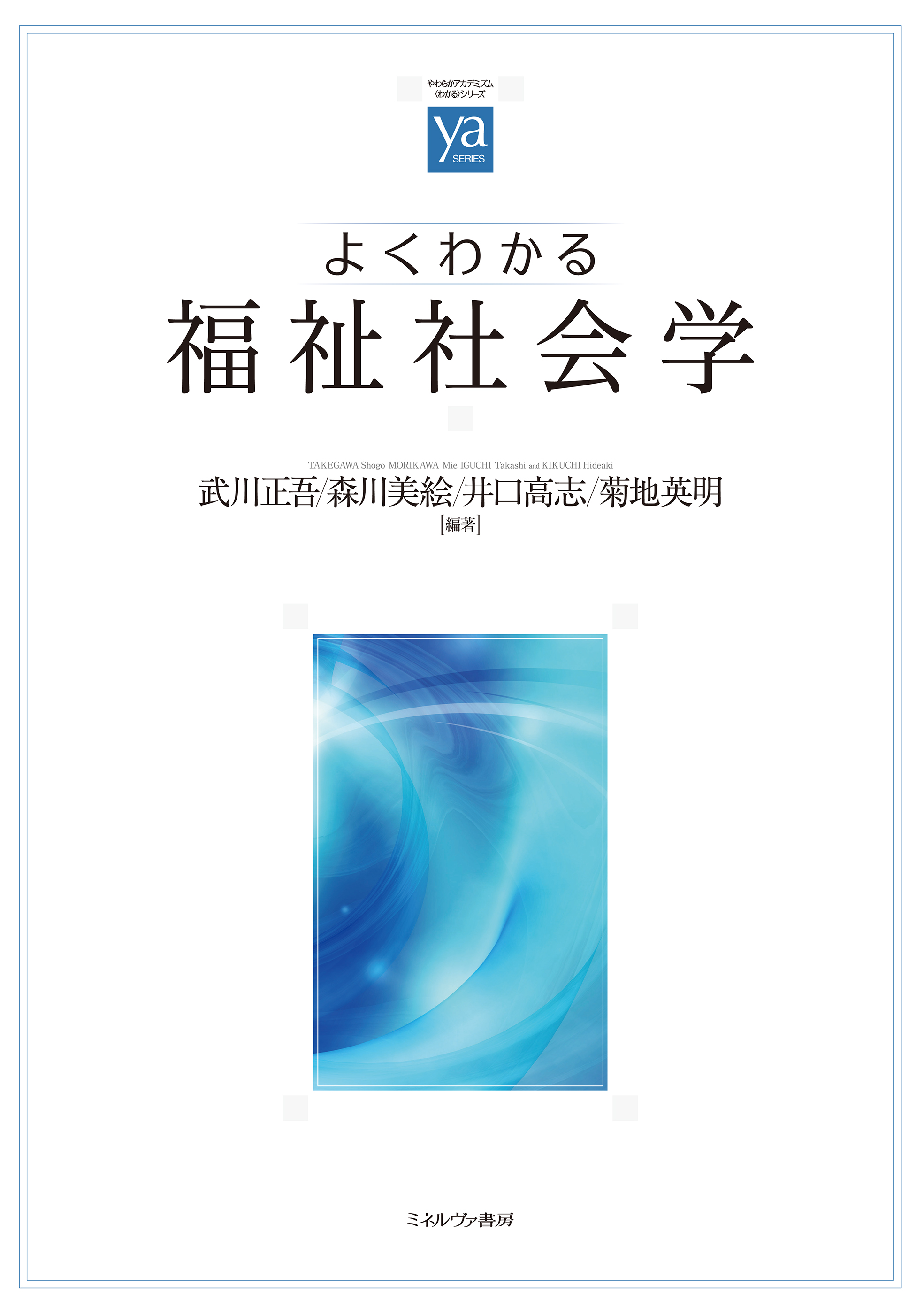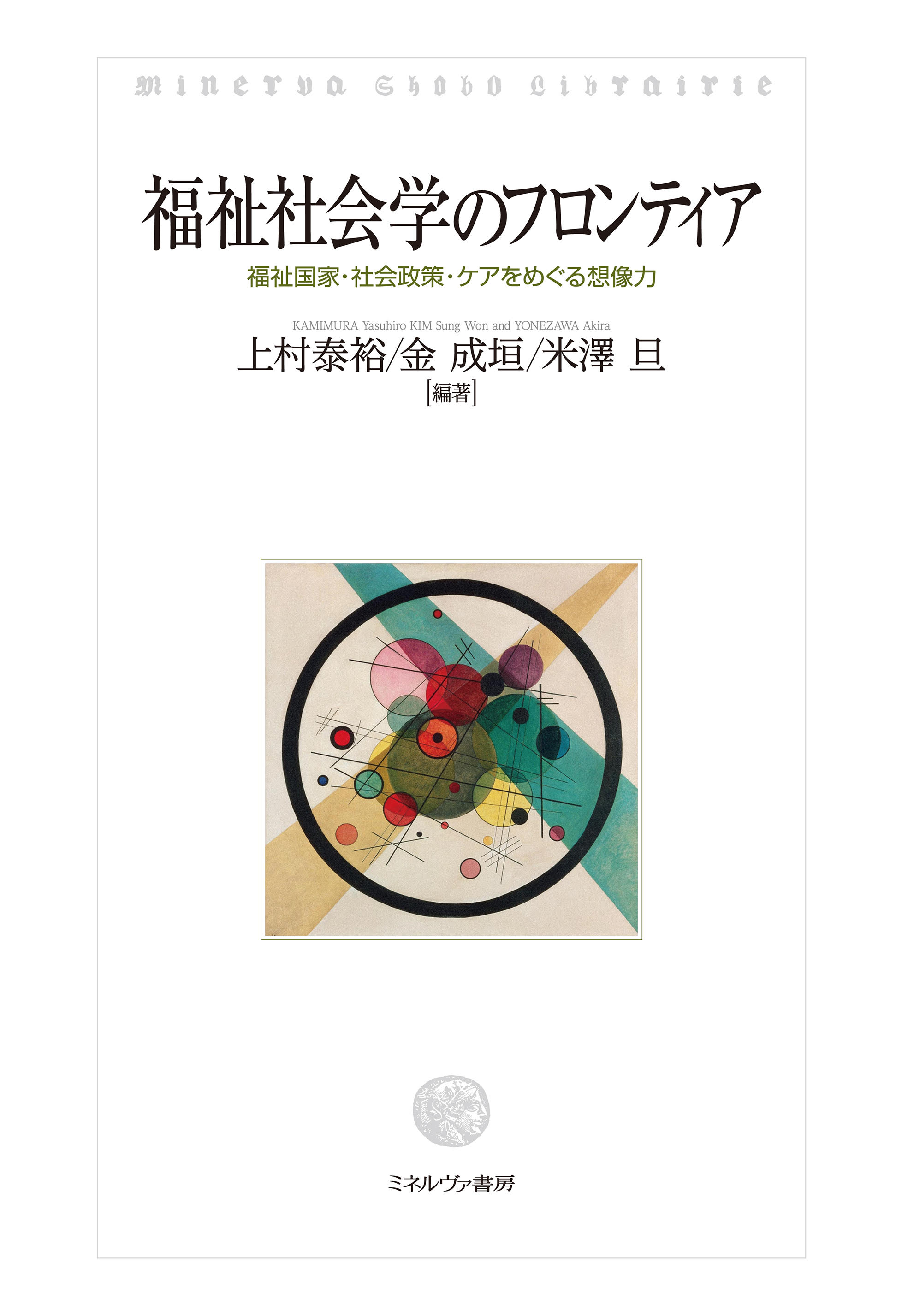
Title
Systematic Nursing Science Course: Basic Field Shakaigaku (Sociology 7th edition)
Size
276 pages, B5 format
Language
Japanese
Released
January, 2024
ISBN
978-4-260-05302-0
Published by
Igaku Shoin
Book Info
See Book Availability at Library
Japanese Page
This book is a part of a series of textbooks designed to train nurses. The primary goal is to introduce sociology to nursing and medical students. It is intended to be useful for both foundational learning and professional practice in these fields. However, two of the four authors are sociologists from the Faculty of Letters, and I, the author of this commentary, currently teach academic sociology at the Graduate School of Humanities and Sociology.
The Introduction, Chapters 1 through 3, and the Conclusion Chapter are written by the author and include multiple healthcare-related examples. They have also delved into classical theories, contemporary sociological perspectives, and significant modern phenomena. Consequently, the book may be removed from immediate practical applications. Nonetheless, I believe it serves as a valuable tool for reflecting on medical and nursing practices and critically examining the meaning and side effects of everyday activities.
From a more critical perspective, this book may, if studied seriously, challenge the assumptions underlying current nursing education and practice, perhaps making it difficult to continue them in their current form. I hope this process will ultimately enrich nursing and medical care in the long term.
For readers engaged with the first part of the book, a creative approach may be necessary to fully appreciate its value. While the book was written for accessibility, it is dense with core sociological concepts, which may pose a challenge for those accustomed to learning in the medical or nursing fields. The difficulty often lies not in the terminology itself but in the distinct ways in which knowledge is approached in the humanities and social sciences.
For new nursing students, it may be helpful for instructors familiar with these disciplines to guide their reading skills. Instead of memorizing concepts in a textbook-like manner, focusing on examples provided and applying them to one’s experiences or familiar situations may make the content more approachable. This approach could be particularly beneficial for those who have paused their involvement in nursing or medical care and who reflect on their experiences. The best time to read this book is when fundamental questions or uncertainties arise from one’s work, studies, or research.
Conversely, this book is equally valuable for sociology students in humanities and general education courses. It provides an opportunity to explore modern sociological perspectives and topics, focusing on areas such as medicine, nursing, family, welfare, and labor. A distinctive feature of this book is that many chapters in Part 2 and beyond are authored by individuals who studied sociology in the field of health sciences or have worked at institutions that train medical professionals.
Such an interdisciplinary approach is rare in sociological programs within the faculty of letters. This textbook achieves a unique synergy by bridging sociology with health sciences. In fact, while writing much of Part 1, I discovered new sociological dimensions by connecting foundational theories with applied concepts, such as stress theory and health inequalities, which are more directly relevant to nursing and healthcare phenomena.
The book facilitates this interplay between humanities, social sciences, and health sciences through an extensive index and cross-references marked with arrows in the text.
For readers of the U-Tokyo BiblioPlaza, who are likely to be interested in sociology and humanities, I would like to highlight that this book offers a fresh take on typical sociology textbooks. It is one that I hope to capture the interests of those seeking a unique perspective on sociology and its applications.
(Written by IGUCHI Takashi, Associate Professor, Graduate School of Humanities and Sociology / 2024)



 Find a book
Find a book




